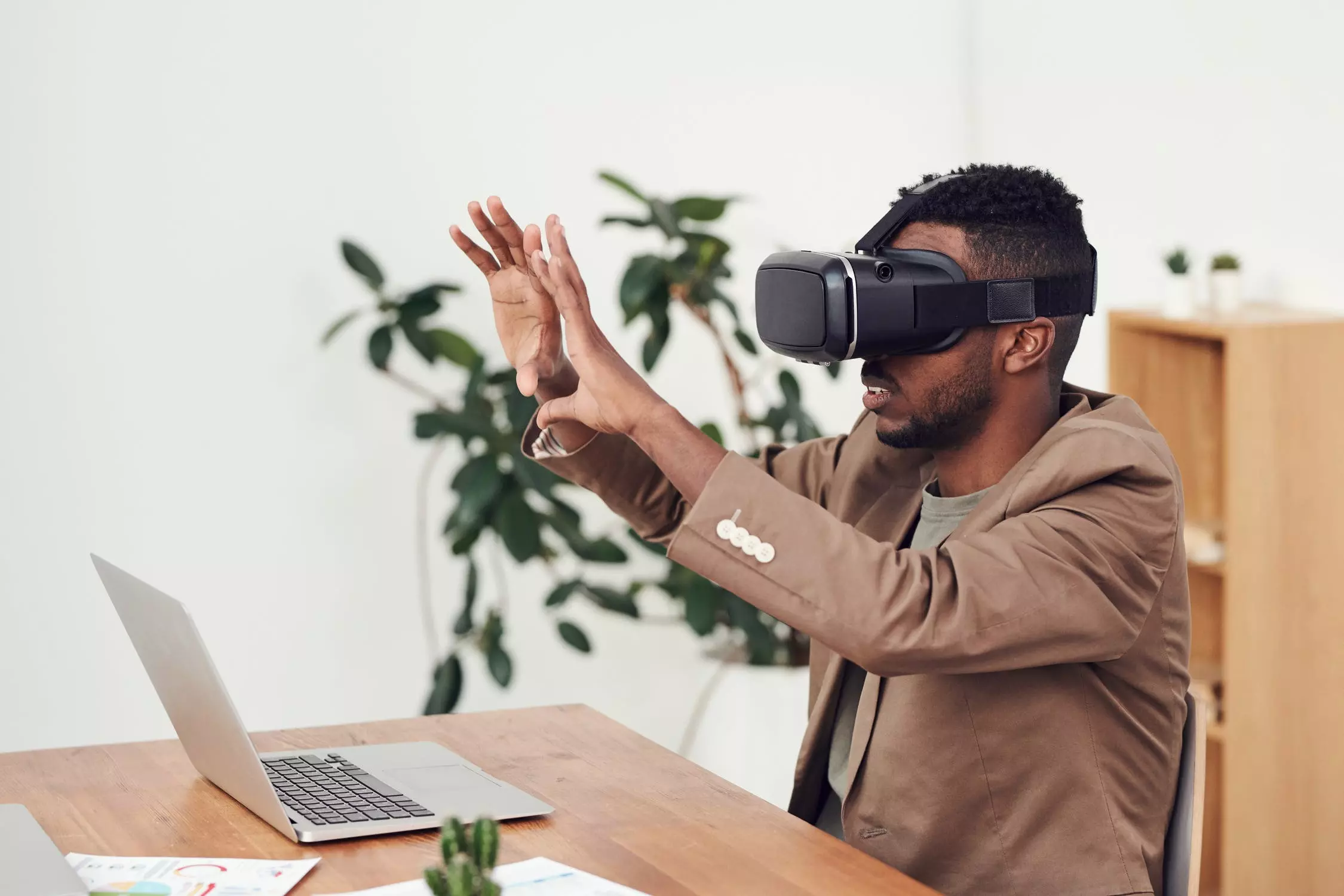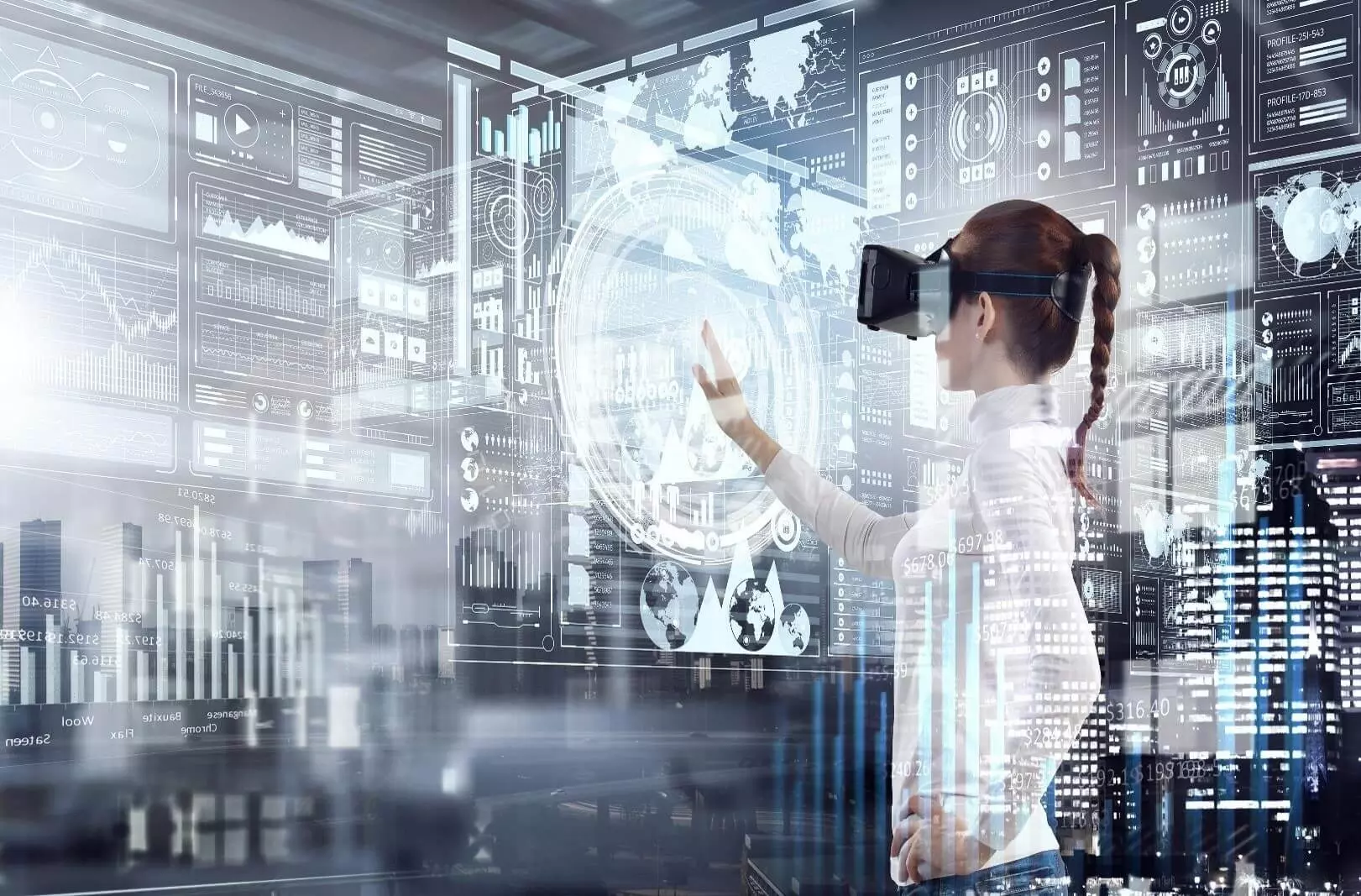TECHNOLOGY
The Future of Virtual Reality in the Workplace

Virtual reality (VR) has come a long way in the workplace by offering better training to workers, facilitating collaboration, optimizing processes and improving safety standards.
Once considered a mere gaming novelty, VR is now making significant inroads into the business world. The concept of virtual reality is pretty straightforward: a computer generates a realistic three-dimensional environment that users can experience through specialized headsets and devices. Typically in more recent years, this has been done with Standalone VR devices like the Meta Quest or Pico Neo variants.
With the advent of powerful computers and high-speed internet, the potential for virtual reality is limitless. Hardware is getting smaller and more powerful, which makes adoption easier and more cost-effective. As a result, businesses are now starting to explore the possibilities of VR use cases in the workplace. In this article, we’ll take a look at how virtual reality is transforming the way we work and what the future of VR looks like in the workplace.
1. Providing More Training to Workers

Training new employees can be time-consuming and expensive. However, VR technology has made it possible to conduct virtual reality training sessions that simulate real-world scenarios. With VR, employees can practice their skills in a safe and controlled environment without risking any damage to the actual equipment or machinery. This is especially useful for hard-to-access, remote locations, or operating machinery that is dangerous and prone to causing injury.
2. Accelerating Remote Work & Facilitating Collaborations
As remote work becomes more prevalent, VR for remote work is bridging the gap between physical and virtual workspaces. Virtual offices and meeting rooms allow remote workers to collaborate with colleagues as if they were in the same room. This creates a sense of presence and eliminates the feeling of isolation that remote workers often experience.
3. Optimizing Design and Prototyping
Virtual reality is also changing the way businesses approach product design and prototyping. With virtual reality, designers can create a virtual model of a product and test it in a simulated environment. This saves time and money by reducing the need for physical prototypes. Using VR for design in the enterprise training world can also mean much faster lead times, and less mistakes in the real world when conducting training remotely.
4. Enhancing Customer Experience
The immersive nature of virtual reality makes it an excellent tool for enhancing the customer experience. VR can be used to create virtual product demonstrations or showrooms, allowing customers to experience a product before making a purchase. This creates a memorable experience that can lead to increased customer loyalty.
5. Improving Safety and Security

Virtual reality can be used to improve safety and security in the workplace. For example, VR safety training can be used to simulate emergency scenarios, allowing employees to practice their response without putting themselves in harm’s way. Additionally, VR can be used to train employees on security protocols, reducing the risk of security breaches. This can overlap with any type of dangerous scenario whether its operating heavy equipment, or machinery, or even working with dangerous objects such as weapons.
What’s Next for Virtual Reality in the Workplace?
As virtual reality technology continues to evolve, its potential in the workplace is becoming increasingly evident. While VR is still in its early stages, it is expected to become more prevalent in the coming years. The future of VR in the workplace is exciting, with the potential to revolutionize the way we work and interact with each other.
One of the main challenges of VR adoption in the workplace is the cost of the technology. However, as the technology becomes more widespread, the cost is expected to decrease, making it more accessible to businesses of all sizes.
Another challenge is the need for specialized skills to create virtual reality content. However, as more people become familiar with the technology, the demand for virtual reality content creators is expected to increase.
VR technology is transforming the way we work by improving training, remote collaboration, design, customer experience, and safety. The future of VR in the workplace is bright, with the potential to enhance productivity, creativity, and employee engagement. As technology becomes more accessible and affordable, we can expect to see more businesses adopting VR in the coming years.

















